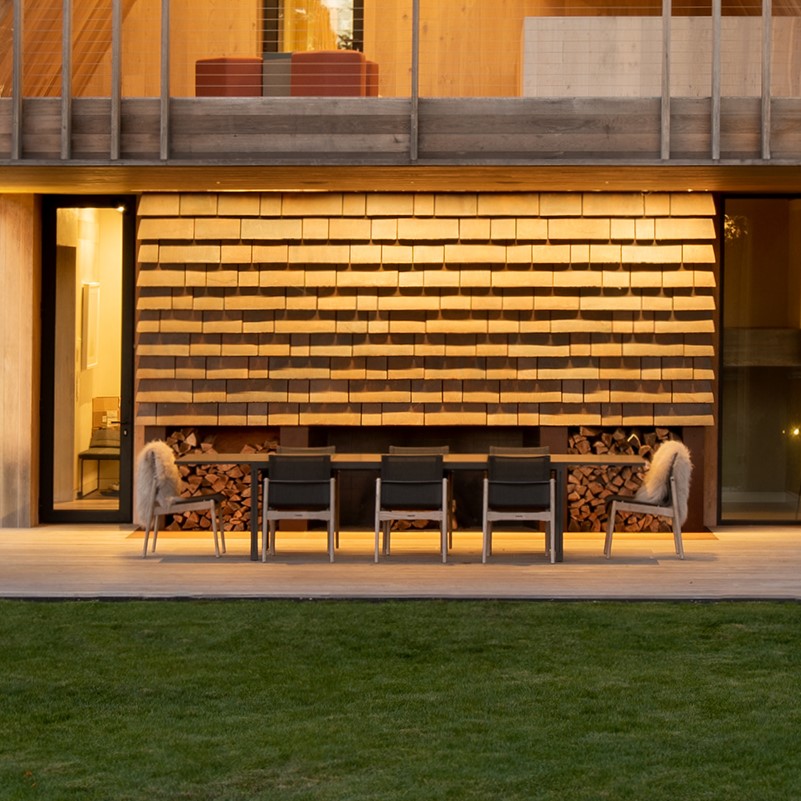
The Art of Grazing
Wall grazing is a technique that adds character to any space – with directed light acting as the brush strokes that determine the focus, mood, and ambiance in an area. This makes it a powerful lighting tactic that delivers amazing results when done correctly.
How is wall grazing achieved?
Grazing a wall is an accent lighting technique that involves casting light on a wall at a narrow angle. The fixture is typically positioned 12” or less from the wall and accentuates textured vertical surfaces by exaggerating their shadows. Shadows can be deepened or diminished by moving the light source closer to or farther from the wall.
What products work best for grazing applications?
Until recently, such applications could only be possible with specially designed optics from traditional light sources with limited profiles. However, the rapid development of linear LED lighting technologies has reduced the complexities of grazing. It also makes it possible to use fixtures with an incredibly slim form factor to achieve the effect. Linear LED lighting provides:
- Uniformity with a good ratio of light across the surface.
- Maximum light coverage without any patchy spots
- Easier integration into architectural details.
Things to consider:
- Grazing works especially well on stone, stucco, brick, and 3D wall panels, emphasizing the unique textures and detail of the material. However, it can also be used to enhance subtle textures.
- Fixtures with narrow beam angles allow for precise targeting of the light on the textured area.
- Grazing a wall with overhangs or large protrusions will block the light and create large, dark shadows.
- Moving the fixture closer or farther from the wall can drastically impact the look of the wall, with different distances resulting in either deepened or diminished shadows.
- Many colors of light can work well for grazing applications depending on design intent. Different color temperatures of static white can enhance a material’s features and natural hues while dynamic tones, static color and RGB combinations can create entirely new effects.
- The grazer’s light may reflect off the wall’s surface. Matte surfaces reduce this effect while glossy surfaces can amplify it.
- Too much light can wash out the details and make the textured surface look flatter than it is.
Applications
Lighting vertical surfaces can make spaces appear bigger and brighter and, in some cases, create visual interest by highlighting textures. Grazing controls how these surfaces and spaces are perceived.
Here are some examples of wall grazing.
Example 1

The light strikes the wall at a narrower angle, producing shadowing that reveals and accentuates the textured wall. As seen in this example, grazing can also be used successfully on a subtly textured surface.
Example 2

The wall in this example is lit from the top with limited light spill outside the intended area. The lighting provides depth and draws the attention to the architecture to make the space appear larger. Correctly positioning the fixture and selecting the right beam angle makes it easier to confine the light.
Example 3

The light in this application strikes the wall at a broader angle, producing a more evenly illuminated wall, and makes a rustic material look dramatic.
Example 4

The grazing light highlights the beauty and textures of the wall. The gradient of light produced does an excellent job of accentuating the stone and give the varied colors more depth.
Example 5

In this New York City restaurant, the featured brick wall wouldn’t be nearly as dramatic without the proper lighting. The harmony between the light and shadow dramatizes the look of the brick and using the grazing optics from the bottom of the feature creates an illusion of added height.

0 Comments: